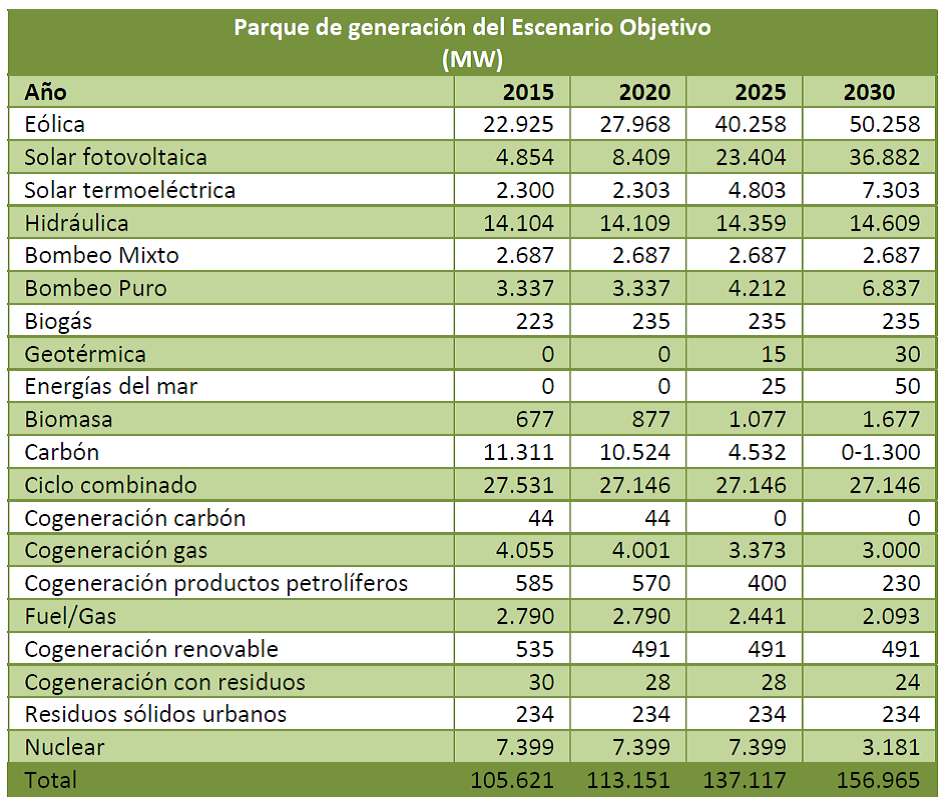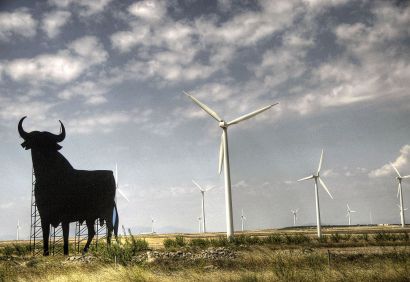Wind energy could supply 34% of the demand for electricity in Spain in 2030, reached this figure ten years before the global projection, and would employ about 30,000 people each year, according to data from the wind energy report of KPMG called ‘The socioeconomic impact of wind energy in the context of the energy transition’.

The report highlights the objectives set by Spain in its National Integrated Energy and Climate Plan (PNIEC), where in that horizon to ten years the renewable will cover 74% of the electric ‘mix’ of the country.
In the presentation of the report, the president of KPMG, Hilario Albarracín, valued that in Spain, where it has been “pioneers” in the impulse to the renewable ones, now it is seen how the challenge is “to integrate them in the system to achieve a more penetration elevated. “

In the case of employment, the study estimates that the deployment of renewables in Spain would promote around 150,000 jobs (direct and indirect) per year, 30,000 in the wind power sector alone.
The report, promoted by the manufacturer of wind turbines Siemens Gamesa, also highlights that the increase in the presence of renewables in Spain will come hand in hand with a growth in investments in the sector, which would be destined for 43% of total funds for more of 236,000 million euros for decarbonisation until 2030, with 80% coming from the private sector.
Also, if the sustainable scenario is met, energy would prevent the emission of 10.75 million tons of CO2 in 2030, equivalent to the annual emissions of a Spanish city of one million inhabitants. This would mean savings of 537 million dollars (about 487 million euros). In addition, by 2030 it would mean savings of up to 142 million cubic meters of water and a reduction in health-related costs by approximately 0.2% of Spanish GDP, as well as in the electricity bill.
Globally, the study highlights that the demand for wind energy could be multiplied by nine by 2040, going from 4% to 34%, which a decade later, in 2050, would allow avoiding the same level of pollution as the existing one in the 80 most polluting cities (5.6 billion tons of CO2). In this way, it highlights that this reduction would have real benefits for society by saving up to four million lives a year and reducing health-related costs by 3.2 trillion dollars annually. The report also notes that wind power could save 16,000 million cubic meters of water in 2030 (an amount equivalent to about 15% of Dead Sea water).
In the presentation, the CEO of Siemens Gamesa, Markus Tacke, highlighted the role that regulators, governments and companies should play in promoting energy transformation and considered that “financial incentives and clear policies are still lacking.” Thus, he warned that the barriers to a large-scale transition to renewable energy not only lie in the costs of technology, “but also in the long-term strategies and investments that allow these ambitious plans to come true.”

